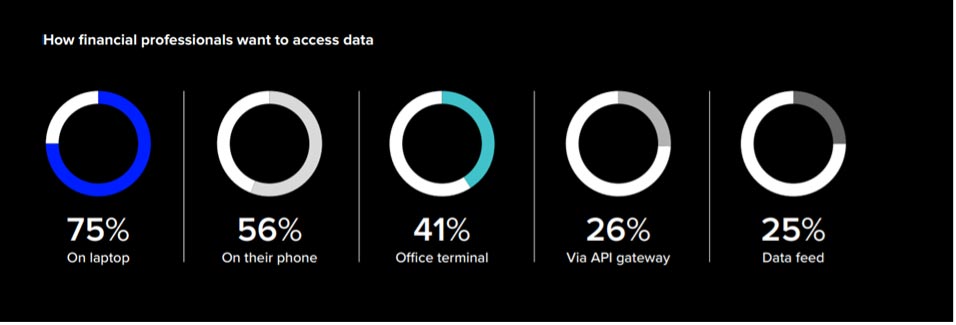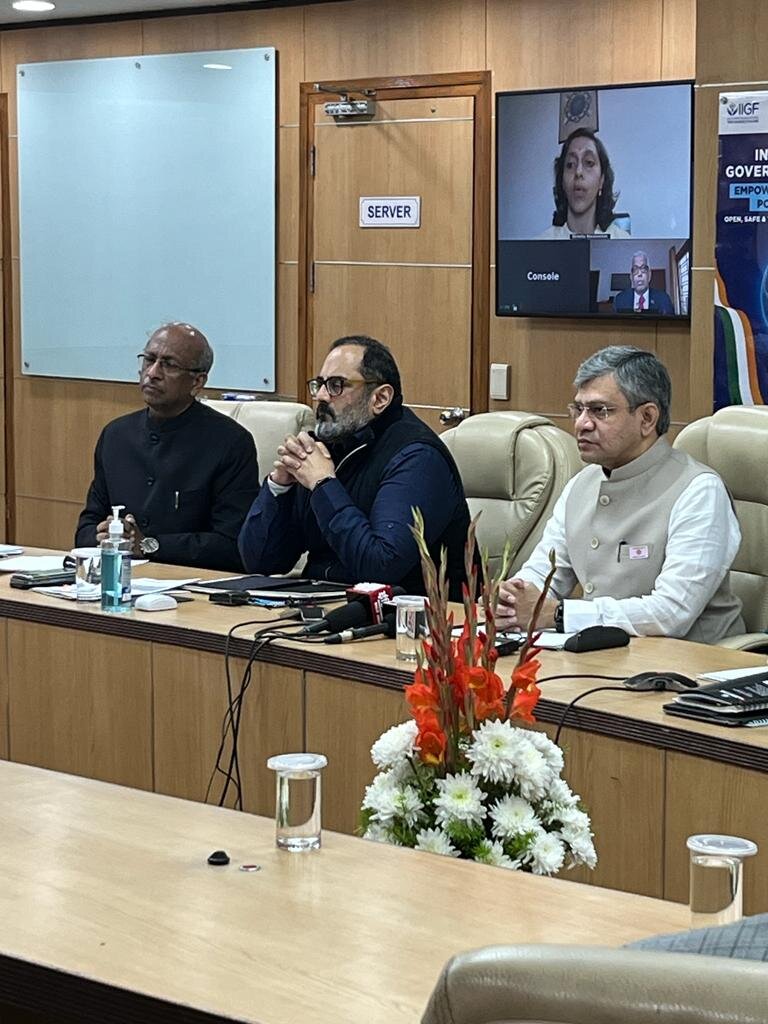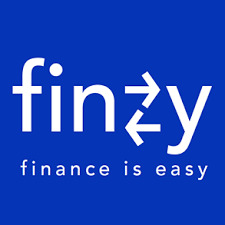How Digital Lending Is Revolutionising The Financial Landscape In India

The Indian government’s various initiatives for driving greater financial inclusion of people in the country have directed the focus on credit seekers. And also brought to light the challenges they face while trying to obtain finance. Digitalisation and technological interventions across the various banking verticals have further led to the creation of new financial technologies, or fintech, which in turn has helped establish a robust alternative credit ecosystem in the country.
Consequently, a whole new set of products and services like instant digital lending have emerged that consumers can access on their smartphones, without having to enter a bank. With nearly 500 million internet users in the country, digital lending has opened up opportunities for a large segment of the country’s population to access affordable credit like never before. Let’s take a look at some of the key features of digital lending that make it an ideal alternative source of credit:
Online access:
Digitalisation allows consumers to register on an online lending platform from their computers or smartphones, fill out a loan application, and upload the necessary documents – all in a matter of a few minutes. Unlike traditional banks which take a minimum of seven to eight business days to process and approve loans, digital lending platforms can reduce this time to just a few minutes. Digital credit lending apps like MoneyTap, for instance, approve customers for a loan in just 4 minutes. As their processes are largely driven by automated technologies, online lending platforms also have substantially lower operating costs as compared to banks and NBFCs, and expand their reach across geographies and segments at a fraction of the cost incurred by brick-and-mortar establishments. Thus, they can channel these cost towards higher investments in technology and facilitate lower interest rates and processing fees for borrowers.
Minimal paperwork:
Digital lending platforms have the ability to assess a borrower’s creditworthiness within minutes based on the data given by the customer. These platforms tap into various data points and apply predictive models and algorithms to derive useful insights on the borrower in order to assess their creditworthiness and ability to repay the loan. Further, the introduction of Aadhaar-based e-KYC has helped digital lending platforms substantially reduce the turnaround time for processing loan applications by making the verification process completely paperless. Also, when applying for collateral-free loans, borrowers usually do not need to provide additional details other than their Aadhaar, PAN information, and income proof, unlike a bank which may require a guarantor or collateral in order to approve a loan, not to mention a mountain of paperwork.
Digital lending platforms offer borrowers, especially salaried individuals, a flexible credit line that could range anywhere from Rs 25,000 to Rs 5 lakh. These are usually considered as small-ticket loans by digital lenders, as opposed to banks which usually consider personal loans below Rs. 1 lakh as a high-risk proposition. Moreover, borrowers can repay their loans through flexible and affordable EMIs over a period ranging from 2 to 36 months. Thus, such collateral-free personal loans enable not only individual borrowers, but also small businesses to access funds to meet their expenses whenever necessary.
Both existing and emerging technologies are being leveraged to a great extent by the alternative digital lending sector. These technologies have substantially reduced the hassles associated with the borrowing process, eliminating paperwork, and shifting the entire customer journey online. Although still at a developing stage, customer insights derived through advanced predictive analytic models powered by AI and machine learning will play a greater role in helping digital lenders develop specific loan products for customers in the future. Nevertheless, the level of convenience and seamlessness offered by digital lenders is far greater than that which traditional lending institutions are currently equipped to deliver.
According to a report by Boston Consulting Group (BCG), digital lending is set to become a $1 trillion opportunity in the next five years, and considering the present rate of online loan disbursals in the country, the opportunity could be far greater than this in a decade.
The author is COO & Co Founder, MoneyTap









